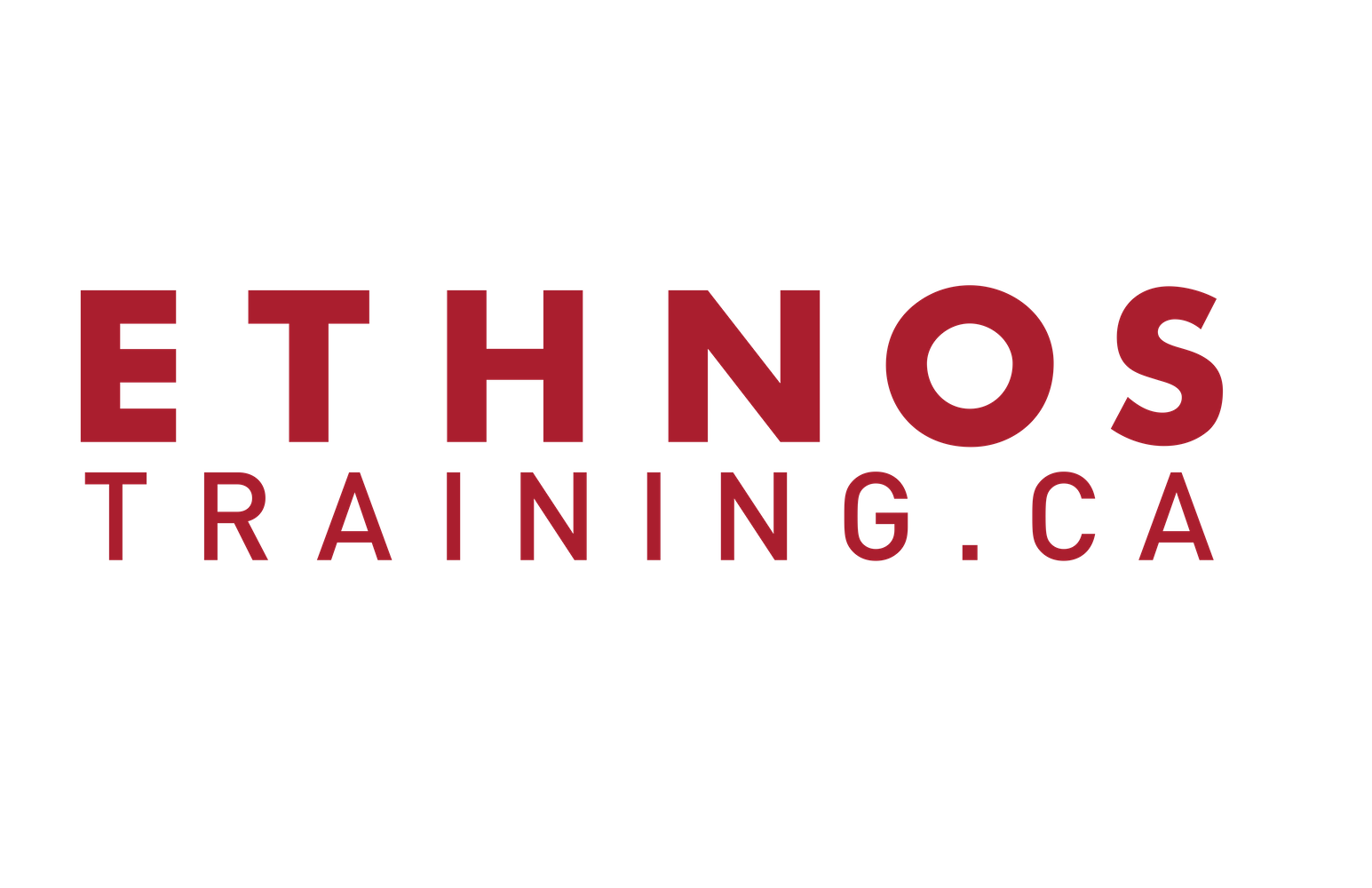When you first arrive in a cross-cultural setting, you will be faced with the daunting task of learning culture and language. Surrounded by strange customs and peculiar sounds, you must somehow distill all of this sensory input into understandable meaning – the words of a new language and the expectations of another culture. This process is called CLA – culture and language acquisition.
We take language and culture together because the two are inseparable. For example, we don’t just want to learn how to say a word; we want to learn when to say it, when not to say it, and why. We want to learn the vocabulary and phraseology they actually use as they go about their daily life. If the people are Inuit and have 40 different words for the types of snow, those are the words we’ll want to learn as we build friendships with them.
If you hope to one day communicate spiritual truth into the worldview of another culture, it will take a high level of comprehension of both language and culture. Reaching this level will take years; but for now, where do you begin?
Third semester students are taking a class called “Techniques Practicum”. This is where we learn some techniques and resources for CLA, and we’re getting an opportunity to put these techniques into practice with real languages and real language helpers.
One tool we have been learning is TPR – Total Physical Response. We select a set of around 10 objects or actions from the culture. Our language helper points to them while speaking in their language. “This is a banana.” Then, the language helper speaks and we have to recognize the word and point. “Point to the banana.” Through repetition, we learn the object, but we also learn a couple appropriate “frames” – the sentences or phrases that surround the object. In later sessions, we will mimic what they say. But for now, we intentionally do not speak so that we can hear and absorb the correct pronunciation.
We have also been learning to use CLAware, a computer program that enables missionaries to file and organize culture and language data – including photos, audio files, phonetic transcriptions, and field notes in a digital database. After we practice language with our language helper, we upload audio recordings and match them with the relevant pictures. We now have a really useful tool for practicing vocabulary. CLAware will even quiz you!
Throughout the learning process, we’re mindful that CLA is about more than just acquiring a proficiency in language and becoming relevant to the culture. It is about relationships. Our language helpers aren’t just a means to an end – they are some of the very people to whom we are bringing the light of Christ. Not only that, they are valuable people created in God’s image and we can learn more than just language from them.



